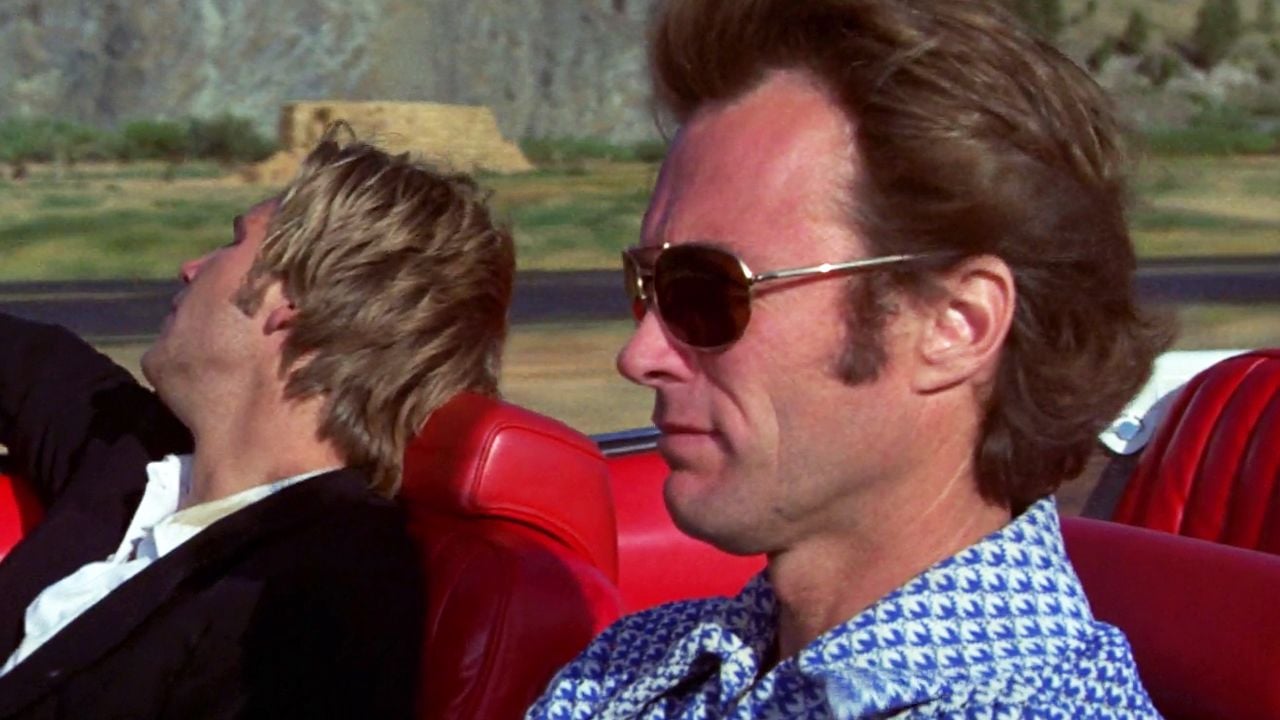The public sale of the formula will be banned by Anvisa at the end of this month; the pharmacist provides advice on simple products with similar effectiveness.
Summary
The free sale of 70% alcohol has been banned by Anvisa throughout Brazil. The 70% concentration is ideal to obtain its bactericidal effect. Products that can replace 70% alcohol include 0.5% sodium hypochlorite, povidone iodine, hydrogen peroxide, and some ammonium quaternaries, among others.
Since April 30, the free sale of 70% alcohol is banned by the National Health Surveillance Agency (Anvisa) throughout Brazil. The Agency advised that gel formulas with concentrations below 54º GL (Gay-Lussac degrees, which indicate the amount in one liter of pure ethanol present in every 100 parts of the solution) will continue to be available.
It is not the first time that Anvisa has limited the sale of this type of alcohol. The free sale of the liquid has been banned for more than 20 years, and was only released to the general population due to the Covid 19 pandemic, in March 2020.
In an interview with Earththe master in Pharmaceutical Sciences and professor of the Pharmacy course at Uniderp, Pedro Augusto Nabarrete Costa, explains that among all the possible alcohol/water proportions for disinfection, it has already been demonstrated by several studies that a concentration of 70% of ethyl alcohol for 30% water it is more effective.
“In other concentrations where a larger volume of water is present, such as 46° INPM alcohol, the amount of alcohol is not sufficient to obtain its bactericidal effect,” explains the expert.
On the other hand, products that contain a higher concentration of alcohol, such as INPM 92.8° alcohol, evaporate very easily, without giving it the necessary time to exert its bactericidal effect.
“Therefore, the 70% concentration is perfect for use as a bactericide, since it guarantees a sufficient concentration of alcohol to carry out its effect, and with the ideal amount of water to ensure that it does not evaporate so quickly,” explains the professional.
What can replace 70% alcohol?
According to the pharmacist, products that can safely replace 70% of alcohol are more common than we imagine, among these are:
- 0.5% sodium hypochlorite, also known as bleach;
- Povidone iodine is easily available in pharmacies as an antiseptic for dressings;
- Hydrogen peroxide, also known as 10% hydrogen peroxide;
- Ammonium quaternaries such as benzalkonium chloride, present in the formulation of disinfectants on the market.
What are the risks of 70% alcohol?
Even with its water content, 70% alcohol is still a highly flammable product, therefore, during storage and handling, all precautions must be taken to avoid accidents. Furthermore, prolonged use can cause skin dehydration, as well as being irritating to the eyes and mucous membranes.
However, the use of 70% alcohol in healthcare settings is essential, as it is a highly effective product and has a relatively low cost. For professional use, 70% liquid alcohol is still permitted.
“From cleaning a surface, to skin antisepsis to a simple blood draw, 70% alcohol is extremely effective in fighting cross-contamination and preventing infections,” says the specialist.
Costa underlines that, although it is clear that the product is also very effective for domestic use, the risks of accidents and fires that could arise from its use do not appear to be compensatory compared to existing alternatives.
Read Anvisa’s note in full:
The ban on the free sale of liquid alcohol with a concentration of 70% was established in 2002, with Resolution – RDC nº 46/2002. However, due to the Covid-19 pandemic and the need for a greater supply of disinfectant products, the free sale of 70% liquid ethyl alcohol was exceptionally permitted.
In 2022 the rule was consolidated, without changing its merits, into a current rule that provides for the industrialization, display for sale or delivery for consumption, in all its phases, of hydrated ethyl alcohol in all grades and of anhydrous ethyl alcohol, as a product substance intended for cleaning surfaces, disinfecting and antisepsis of the skin or a substance.
Subsequently, with the aim of keeping the product available to combat new cases of COVID-19 virus infection (at the time of its publication) and, also, as a possible agent to mitigate the transmissibility of MonkeyPox, Resolution – RDC nº 766 /2022 established a temporary exception to the current rule, allowing the direct sale of 70% alcohol to consumers, in liquid physical form, until 12/31/2023, with the possibility of stocks running out by 04/29/2024.
It should be noted that 70% ethyl alcohol is available on the market in other physical forms, such as gels, impregnated wipes, aerosols. And, in liquid form, ethyl alcohol is available in concentrations below 54º GL (fifty-four degrees Gay Lussac).
Consumers can use sanitizing products intended for cleaning that contain surfactants and other substances that can remove dirt. In the General Use Disinfectants category, sanitizers with antimicrobial action are also available, based on components other than alcohol, which also inactivate microorganisms harmful to health such as SARS-CoV2 (cause of Covid-19).
Source: Terra
Ben Stock is a lifestyle journalist and author at Gossipify. He writes about topics such as health, wellness, travel, food and home decor. He provides practical advice and inspiration to improve well-being, keeps readers up to date with latest lifestyle news and trends, known for his engaging writing style, in-depth analysis and unique perspectives.








